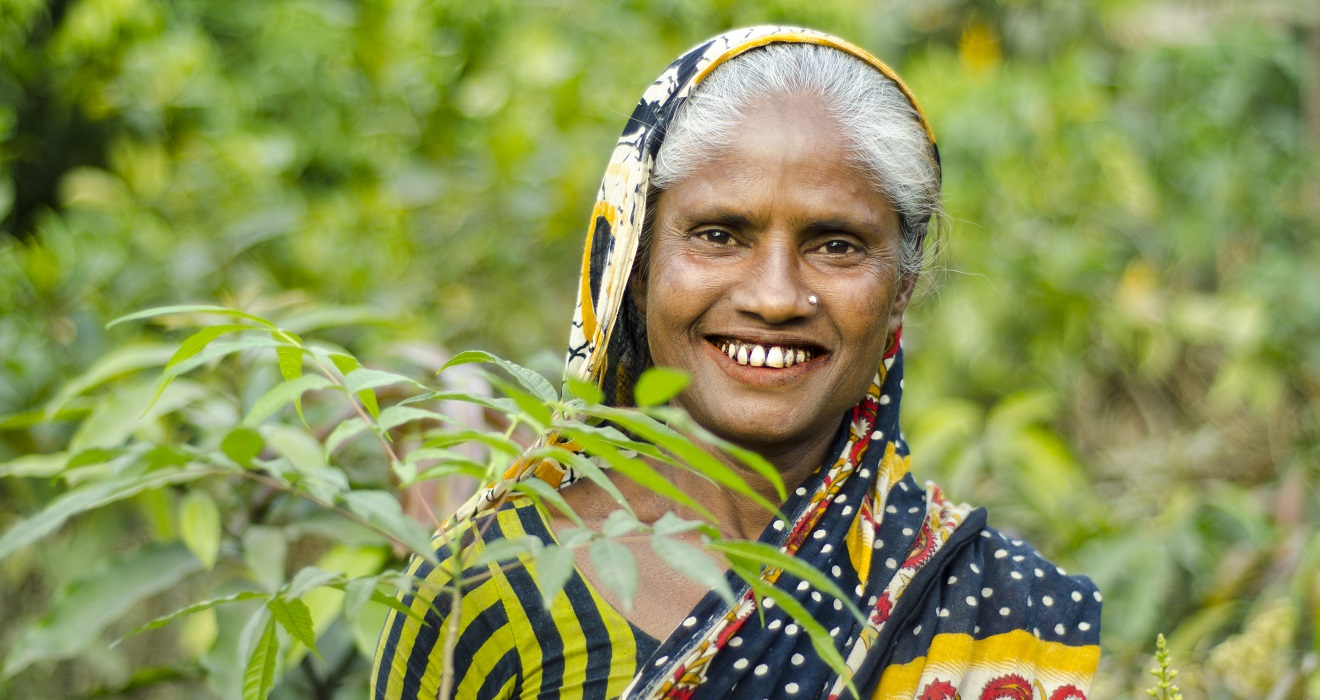World Day of Social Justice quiz: Test your knowledge
Inequality disproportionately affects the vast majority of people living in poverty, especially women and girls and marginalized groups. For the first time in decades, extreme poverty and income inequality are on the rise. Take our quiz to test what you know about extreme poverty.
BY YASMIN MCGOUGH
Ending poverty is the first of the world’s Sustainable Development Goals. For almost 25 years, extreme poverty was steadily declining. But in 2020, extreme poverty rose worldwide for the first time in over 20 years as the disruption of the COVID-19 pandemic compounded the forces of conflict and climate change, which were already slowing progress in efforts to reduce poverty. The World Bank estimates that in the past two years, almost 100 million more people were forced into extreme poverty, peaking at over 730 million people in 2020.
World Day of Social Justice is celebrated every year on February 20th to promote efforts to tackle poverty, gender equality, human rights, and highlight the potential and needs of millions of people affected by extreme poverty.
Take our quiz to learn more about how we can work together to overcome social injustice and end poverty for good.
[wp_quiz id=”3033″]
Thank you for taking our quiz!
Stay in touch. Join a global community dedicated to empowering people living in poverty. Join our community.
Yasmin McGough is Communications intern at BRAC USA.
